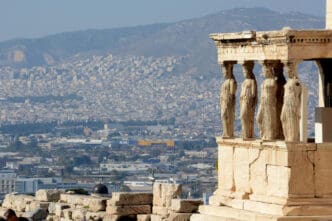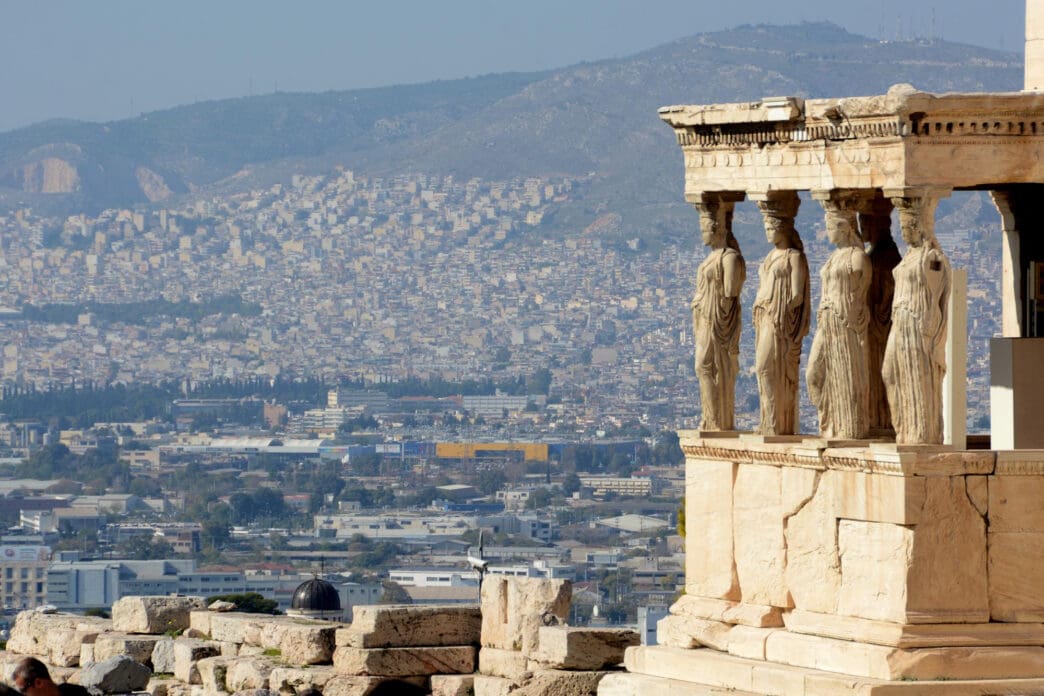Your Essential Overview
- Athens serves as a crucial destination for exploring the foundations of Western civilization, with ancient ruins integrated into the modern city.
- The most significant archaeological sites include the Acropolis (featuring the Parthenon, Erechtheion, Propylaea, and Temple of Athena Nike) and the Ancient Agora (home to the Temple of Hephaestus and Stoa of Attalos), alongside notable Roman structures.
- To enhance the historical experience, visitors should plan strategically, consider combined tickets, visit the Acropolis Museum and National Archaeological Museum, and engage with knowledgeable guides.
The Destination’s Lore
- Athens is considered the bedrock of Western civilization, where ancient ruins from the Classical Greek and Roman periods are integrated into the modern urban fabric, offering direct insights into the origins of democracy, philosophy, and art that shaped the world.
Making the Trip Yours
- Athens offers travelers an unparalleled opportunity to directly engage with the foundational elements of Western civilization, such as democracy, philosophy, and art, through its seamlessly integrated ancient ruins. This immersive journey provides profound historical insights and a tangible connection to the past, underscoring the enduring legacy of ancient Greece and its continued influence on our world, particularly when visitors plan thoughtfully to maximize their historical and cultural engagement.
Perspectives from the Road
- Travelers are encouraged to view Athens as an unparalleled destination for connecting with the bedrock of Western civilization, offering an immersive journey through time to unearth stories of democracy, philosophy, and art.
- The article emphasizes that Athens’ ancient ruins, such as the Acropolis and Ancient Agora, are enduring symbols and testaments to the architectural prowess, cultural zenith, and intellectual foundations of ancient Greece.
- For those planning a visit, the article suggests that thoughtful planning, including considering the best time to visit, transportation, combined tickets, and essential packing, is crucial to maximize the profound historical insights and fully appreciate the archaeological sites.
For any traveler seeking to connect directly with the bedrock of Western civilization, Athens, Greece, stands as an unparalleled destination. This vibrant modern capital is simultaneously a living museum, where ancient ruins from millennia past are not just preserved but integrated into the urban fabric, inviting visitors to unearth the stories of democracy, philosophy, and art that shaped our world. From the iconic Acropolis to the bustling Ancient Agora, exploring these archaeological wonders offers an immersive journey through time, best experienced with thoughtful planning to maximize the profound historical insights they offer.
The Acropolis: Crown Jewel of Athens
Dominating the Athenian skyline, the Acropolis is arguably the most significant ancient site in the Western world. This flat-topped rock citadel served as a defensive fortress and the spiritual heart of ancient Athens, housing some of the most iconic structures from classical antiquity. Its monuments are a testament to the architectural prowess and cultural zenith of 5th-century BC Athens.
The Parthenon: Enduring Symbol
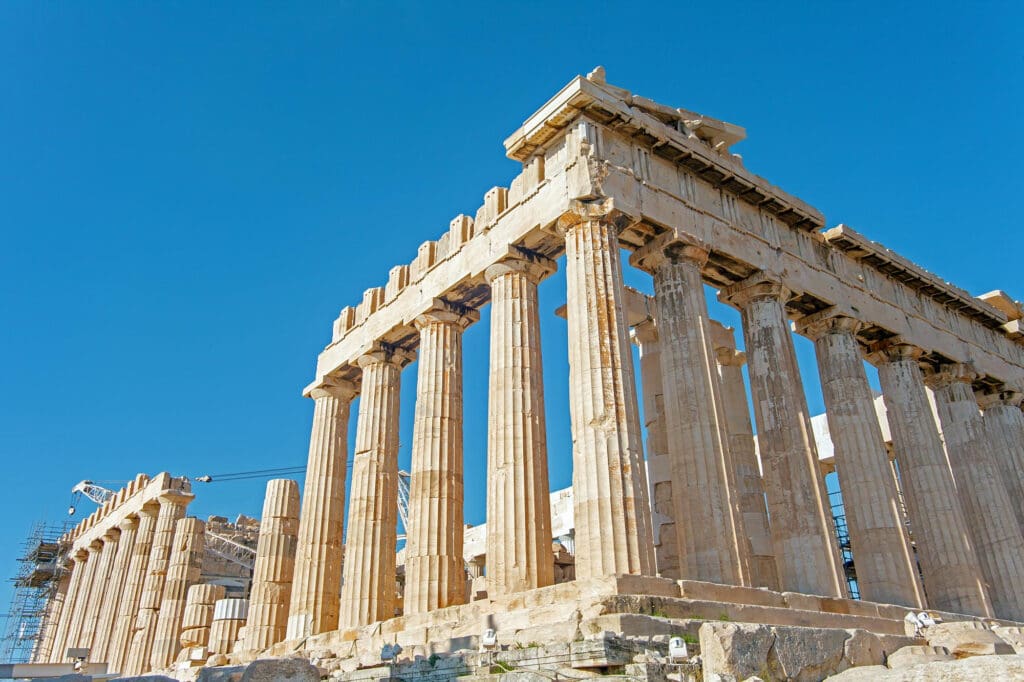
The Parthenon, dedicated to the goddess Athena Parthenos, is the undisputed masterpiece of the Acropolis. Completed in 438 BC, this Doric temple is renowned for its architectural precision and optical refinements, which create an illusion of perfect symmetry. Despite centuries of damage, its grandeur remains undiminished, symbolizing the enduring legacy of ancient Greece.
Visiting the Parthenon offers a profound sense of history, allowing travelers to walk in the footsteps of ancient Athenians. Its intricate friezes and pediments, though largely housed in museums, tell stories of gods, heroes, and the city’s triumphs.
Erechtheion, Propylaea, and Temple of Athena Nike
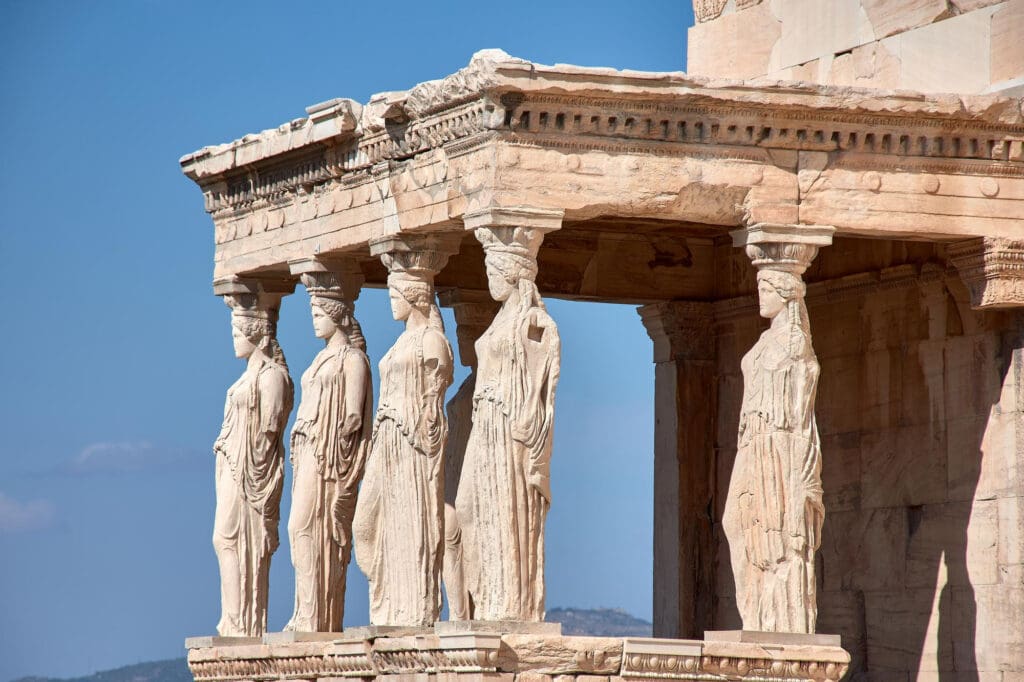
Beyond the Parthenon, the Acropolis complex boasts other magnificent structures. The Erechtheion, with its famous Caryatid porch, features six maiden figures supporting the roof, showcasing a delicate Ionic style. This temple was dedicated to both Athena and Poseidon and held several ancient cults.
The Propylaea served as the monumental gateway to the Acropolis, an elaborate entrance befitting the sacred precinct. Nearby, the tiny, elegant Temple of Athena Nike, perched on a bastion, celebrates the goddess of victory and offers stunning views over the Saronic Gulf.
Practical Tips for Visiting the Acropolis
To fully appreciate the Acropolis, start your visit early in the morning or late in the afternoon to avoid the midday crowds and heat, especially during summer. Wear comfortable shoes, as the terrain is uneven and involves significant walking. Consider purchasing a combined ticket that includes other archaeological sites to save time and money.
The Ancient Agora: Heart of Athenian Life
Nestled below the Acropolis, the Ancient Agora was the vibrant political, commercial, and social hub of Athens. This sprawling archaeological park was where Socrates debated, democracy flourished, and daily life unfolded. Exploring the Agora offers a tangible connection to the intellectual and civic foundations of ancient Greece.
Temple of Hephaestus: Best-Preserved
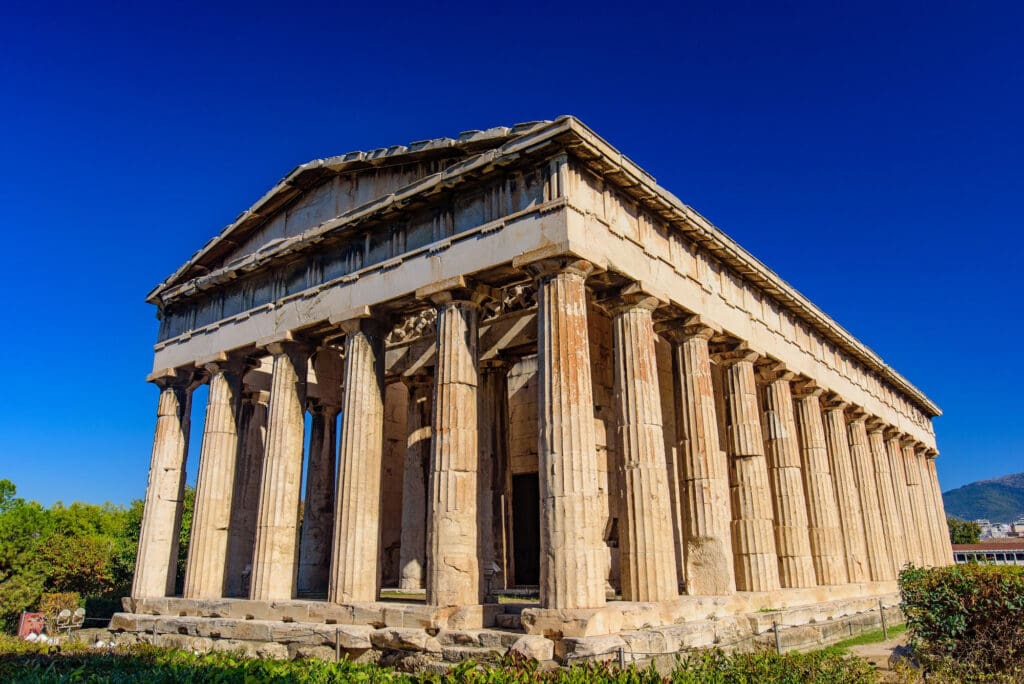
One of the most remarkably preserved temples in Greece, the Temple of Hephaestus stands proudly in the Agora. Dedicated to the god of craftsmanship, this Doric temple offers an exceptional example of classical Greek architecture, with many of its original roof tiles and sculptural decorations still intact. Its excellent condition provides a rare glimpse into the past.
Stoa of Attalos: A Glimpse into the Past
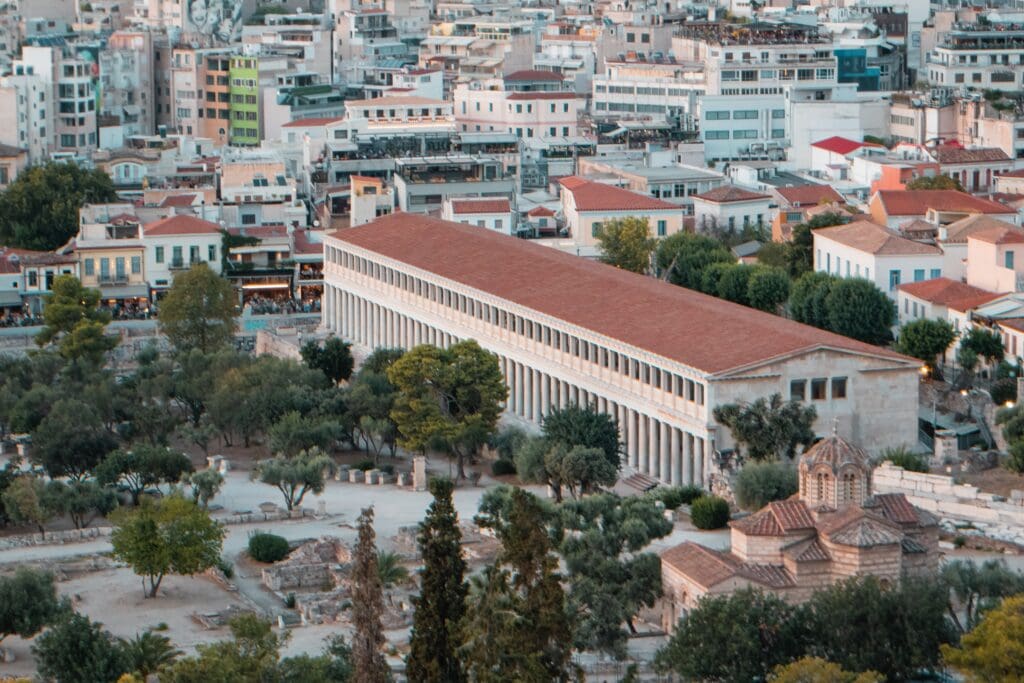
The Stoa of Attalos, a grand colonnaded hall, has been meticulously reconstructed to house the Museum of the Ancient Agora. This impressive building offers visitors a clear understanding of what a typical public building in ancient Athens looked like. Inside, exhibits detail the daily life, political processes, and philosophical discussions that took place in the Agora.
Key Sites within the Agora
Other significant ruins within the Agora include the Bouleuterion, where the council of citizens met; the Tholos, a circular building used by the executive committee; and the Altar of the Twelve Gods, a central point from which distances were measured. Walking through these ruins helps paint a vivid picture of ancient Athenian society.
Roman Athens: Echoes of an Empire
While Athens is famed for its classical Greek heritage, the city also bears the indelible marks of Roman influence. Following its conquest, Athens became an important cultural center within the Roman Empire, and several significant structures from this era remain.
Hadrian’s Arch and the Temple of Olympian Zeus
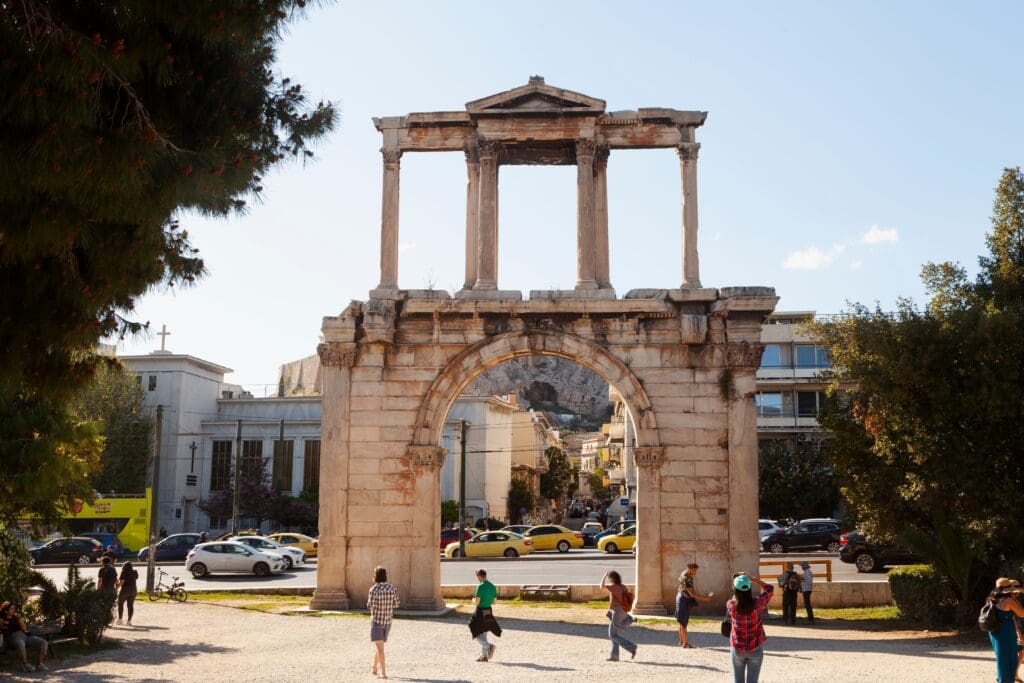
Hadrian’s Arch, a monumental gateway, once separated the ancient Greek city from the new Roman city built by Emperor Hadrian. Just beyond it lies the colossal Temple of Olympian Zeus, one of the largest temples ever built in Greece. Though only a few of its massive columns still stand, their scale is breathtaking, hinting at the temple’s original grandeur and the immense power of its patron.
Roman Agora and Tower of the Winds
The Roman Agora, distinct from the Ancient Greek Agora, served as a market and administrative center during Roman times. Its most striking feature is the Tower of the Winds, an octagonal marble clocktower that functioned as a weather vane, sundial, and water clock. This ingenious structure is a fascinating example of ancient engineering and design.
Beyond the Major Sites: Hidden Gems and Lesser-Known Ruins
Athens’ archaeological treasures extend far beyond the most famous landmarks. Venturing slightly off the main tourist paths can reveal equally compelling, though perhaps less grand, insights into the city’s layered past.
Kerameikos Cemetery
Kerameikos, once the potters’ quarter, served as the primary burial ground of ancient Athens. This extensive archaeological site features impressive marble tombs, funerary stelae, and the remnants of the city walls and sacred gates. It offers a poignant reflection on ancient Athenian burial practices and artistry.
Lycabettus Hill and Philopappos Hill
While not ruins themselves, Lycabettus Hill and Philopappos Hill offer unparalleled panoramic views of Athens, allowing visitors to grasp the layout of the ancient city and appreciate the Acropolis in its urban context. Philopappos Hill also features the Monument of Philopappos, a Roman mausoleum, and offers scenic walking trails among olive groves and pine trees.
Dionysus Theater and Odeon of Herodes Atticus
At the base of the Acropolis lie two ancient performance venues. The Theater of Dionysus Eleuthereus is considered the birthplace of Greek drama, where the works of Aeschylus, Sophocles, and Euripides were first performed. Nearby, the Odeon of Herodes Atticus, a magnificently restored Roman-era amphitheater, still hosts concerts and theatrical performances today, offering a unique opportunity to experience ancient sites as they were intended.
Planning Your Archaeological Expedition
A well-planned trip to Athens can significantly enhance your experience of its ancient ruins. Strategic preparation allows for deeper engagement with history and smoother navigation of the city.
Best Time to Visit
The ideal times to visit Athens for archaeological exploration are spring (April-May) and autumn (September-October). During these months, the weather is pleasant, and the crowds are generally smaller than in the peak summer season. Summer can be intensely hot, making extensive outdoor exploration challenging.
Getting Around
Most of Athens’ major archaeological sites are within walking distance of each other, particularly those clustered around the Acropolis and Plaka district. The efficient Athens Metro system also provides easy access to sites further afield, with several stations displaying archaeological finds discovered during their construction.
Tickets and Passes
Consider purchasing a combined ticket that grants access to multiple archaeological sites, including the Acropolis, Ancient Agora, Roman Agora, Temple of Olympian Zeus, Kerameikos, and Hadrian’s Library. This often provides a cost saving and allows for more flexible exploration over several days. Booking tickets online in advance can also help bypass queues.
Essential Packing
When exploring the ruins, pack essentials such as comfortable walking shoes, a hat, sunglasses, and plenty of water, especially during warmer months. Sunscreen is crucial, as many sites offer little shade. A good guidebook or a reliable mapping app will also prove invaluable.
Immersive Experiences: Beyond the Stones
To truly unearth the stories behind Athens’ ruins, it’s essential to complement your visits with educational and cultural experiences.
Acropolis Museum
The state-of-the-art Acropolis Museum, located just southeast of the Acropolis, houses artifacts found on the sacred rock, offering a profound context to the structures you’ve seen. Its transparent floors reveal ongoing excavations, and the top floor provides breathtaking views of the Parthenon, aligning perfectly with its original pedimental sculptures and friezes.
National Archaeological Museum
As Greece’s largest archaeological museum, the National Archaeological Museum holds an unparalleled collection of artifacts from prehistoric times to late antiquity. Its vast exhibits, including the Mask of Agamemnon and the Antikythera Mechanism, provide a comprehensive overview of ancient Greek civilization, enriching your understanding of the ruins across the city.
Guided Tours and Storytelling
Engaging with a knowledgeable local guide can transform your experience of the ruins from simply seeing stones to understanding their profound historical and cultural significance. Guides often bring sites to life with compelling narratives, historical anecdotes, and insights that might otherwise be missed. Many tours focus on specific themes, such as mythology, philosophy, or daily life.
Athens offers an extraordinary journey into the past, where the foundations of Western thought and culture are laid bare. By thoughtfully exploring its magnificent ancient ruins, from the iconic Acropolis to the bustling Agora and beyond, travelers can experience an unparalleled connection to history. This vibrant city is not just a destination; it is a living testament to the enduring human spirit and a powerful reminder of the legacies that continue to shape our world.

